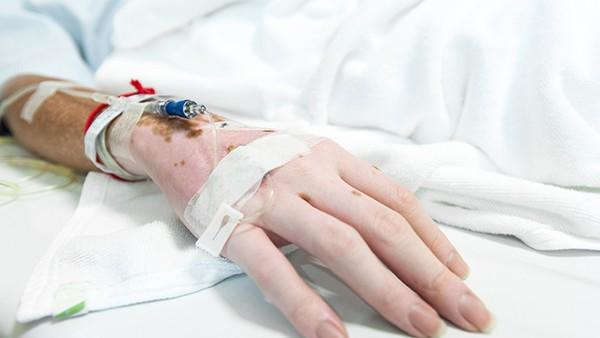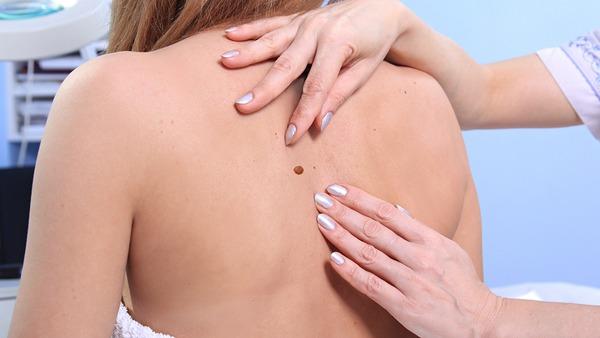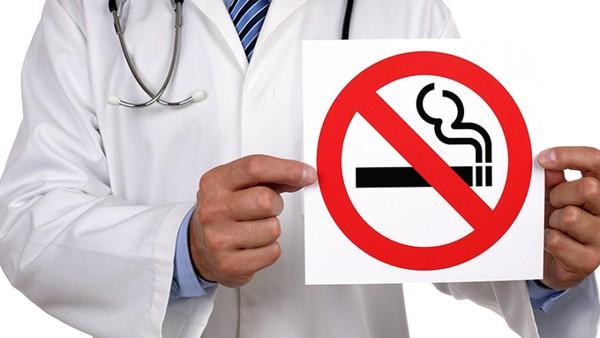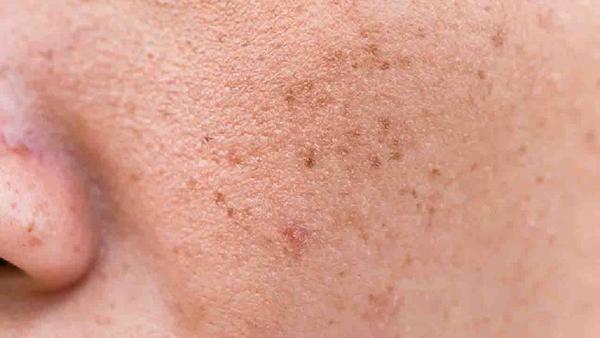介入治疗皮肤癌有效吗多少钱
 皮肤癌疾病编辑
皮肤癌疾病编辑
 皮肤癌疾病编辑
皮肤癌疾病编辑
Title: The Effectiveness and Cost of Interventional Treatment for Skin Cancer
Introduction:

Skin cancer is one of the most common types of cancer, and its incidence is on the rise globally. Early detection and effective treatment are crucial for improving patient outcomes. Among the various treatment options available, interventional therapies have gained significant attention for their efficacy in treating skin cancer. In this article, we will explore the effectiveness of interventional treatments for skin cancer and discuss their associated costs.
Effectiveness of Interventional Treatments:
Interventional treatments for skin cancer, such as Mohs micrographic surgery, cryosurgery, laser therapy, and photodynamic therapy, have shown promising results in effectively treating different types and stages of skin cancer.
1. Mohs Micrographic Surgery:
Mohs surgery is a precise technique used to remove basal cell carcinoma (BCC) and squamous cell carcinoma (SCC) while preserving as much healthy tissue as possible. This procedure involves removing thin layers of cancerous tissue and examining them under a microscope until no cancer cells remain. Mohs surgery boasts high cure rates of up to 99% for certain types of skin cancer.
2. Cryosurgery:
Cryosurgery involves freezing cancer cells using liquid nitrogen or a cold probe to destroy diseased tissue. This procedure is widely used for treating small, superficial skin cancers and has demonstrated favorable cure rates, especially for low-risk forms of skin cancer.
3. Laser Therapy:
Laser therapy uses high-intensity light to destroy cancer cells. It is often employed for the treatment of precancerous skin lesions, as well as certain types of superficial skin cancers. Laser therapy is known for its precision and ability to minimize scarring compared to surgical methods.
4. Photodynamic Therapy (PDT):
PDT combines the use of a photosensitizing agent and a light source to destroy cancerous cells. After applying the photosensitizing agent to the skin, targeted light exposure activates the agent, resulting in the destruction of cancer cells. PDT is primarily used for treating non-melanoma skin cancers and has shown promising results, especially for superficial tumors.
Cost Considerations:
The cost of interventional treatment for skin cancer varies depending on factors such as the type and stage of cancer, the selected treatment method, the location of the healthcare facility, and individual insurance coverage. In general, interventional treatments for skin cancer tend to be more expensive than non-invasive methods such as topical treatments or radiation therapy.
For instance, Mohs surgery may have higher upfront costs compared to other treatments due to its meticulous nature and the specialized training required for the surgeon. Cryosurgery and laser therapy are relatively cost-effective options, as they can be performed on an outpatient basis with minimal post-operative care. Photodynamic therapy generally falls within the moderate cost range.
It is important to note that insurance coverage plays a significant role in determining individual costs. Many health insurance plans cover a portion of the costs associated with skin cancer treatment, although specific coverage details must be verified with the insurance provider.
Conclusion:
Interventional treatments for skin cancer, including Mohs micrographic surgery, cryosurgery, laser therapy, and photodynamic therapy, have shown effectiveness in treating various types of skin cancer. Though the cost of these treatments may vary, it is essential to prioritize early detection and timely intervention to improve patient outcomes. If you suspect you may have skin cancer, consult with a dermatologist who can assess your situation, recommend suitable treatment options, and provide relevant cost information based on your individual circumstances.




